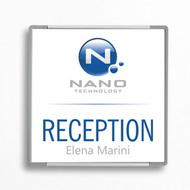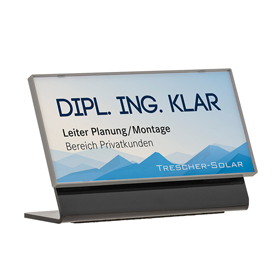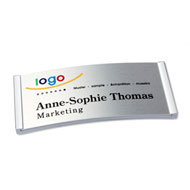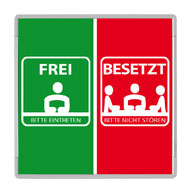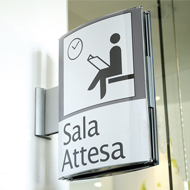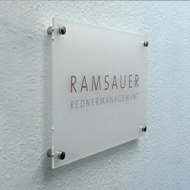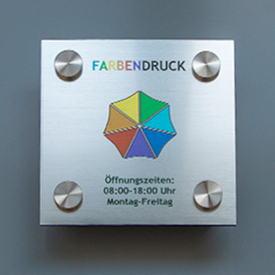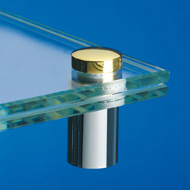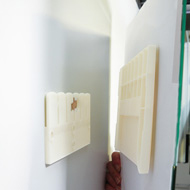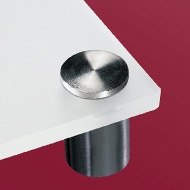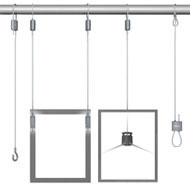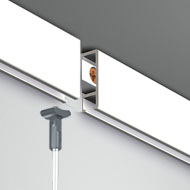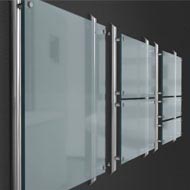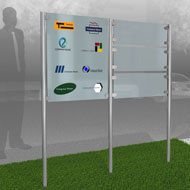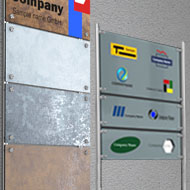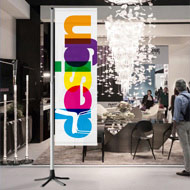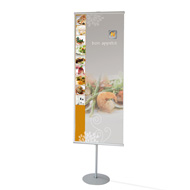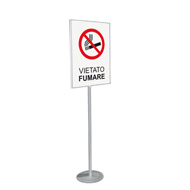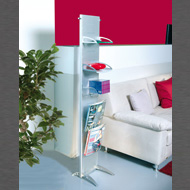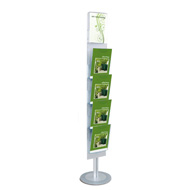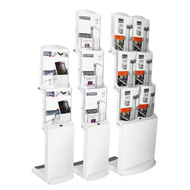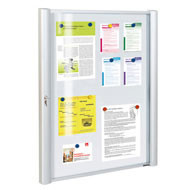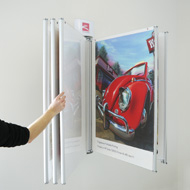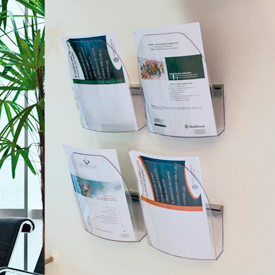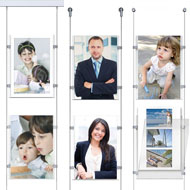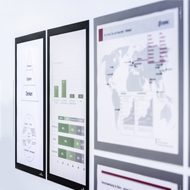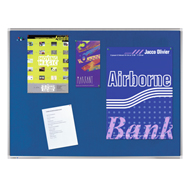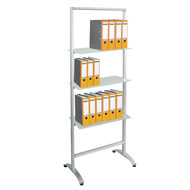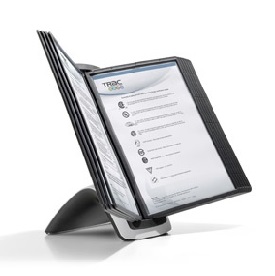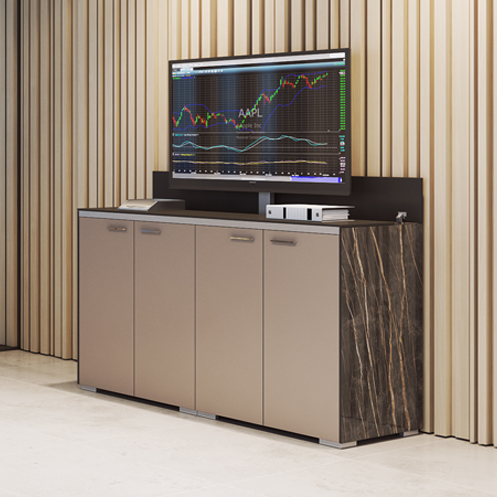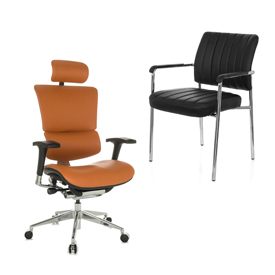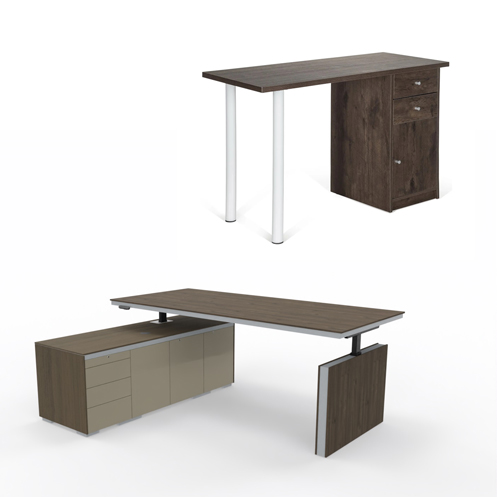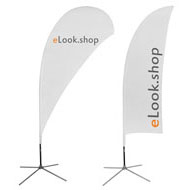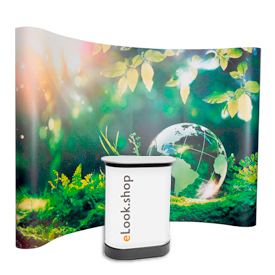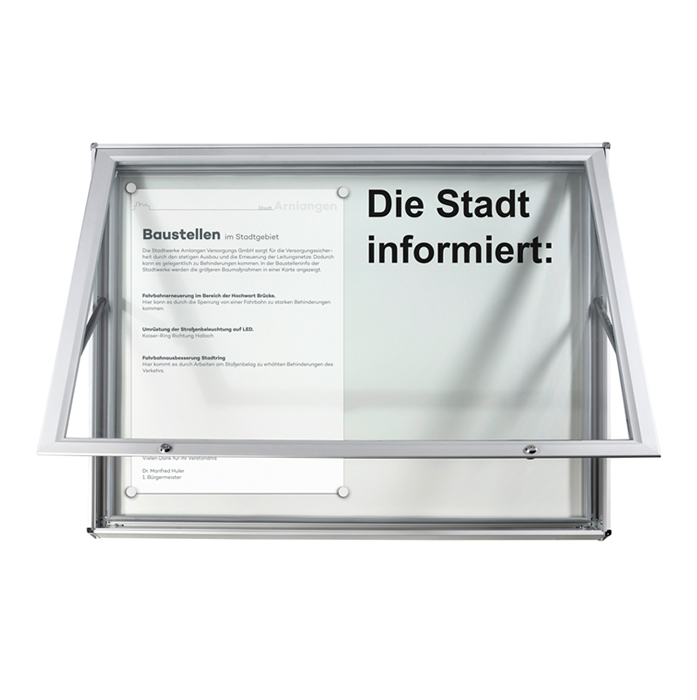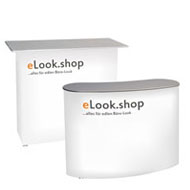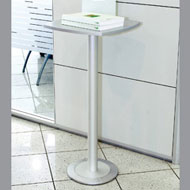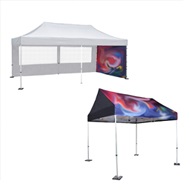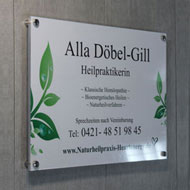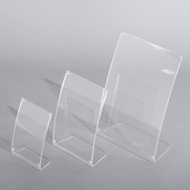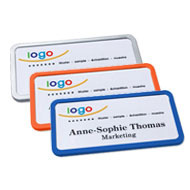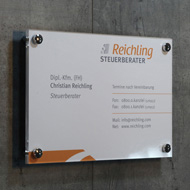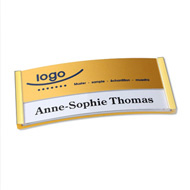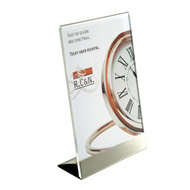How do you choose the optimal file format for a printing project?
Wednesday, February 1, 2023
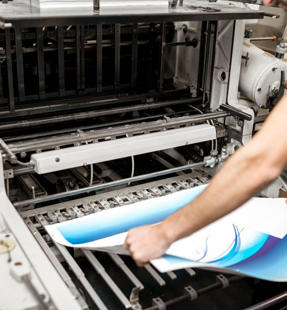 When creating printed documents, choosing the right file format is one of the most important steps to ensure the success of your project. There are many different types of file formats for printing , from PDF to JPEG and more. Each format has its own advantages and disadvantages, so it is important to consider which file format is best before starting a printing project.
When creating printed documents, choosing the right file format is one of the most important steps to ensure the success of your project. There are many different types of file formats for printing , from PDF to JPEG and more. Each format has its own advantages and disadvantages, so it is important to consider which file format is best before starting a printing project.What file formats are there?
There are many different file formats that can be used in print projects. Some of the most common formats are:✔
PDF (Portable Document Format) : This is a very common format used for both printing and electronic distribution of documents . PDFs are platform independent and can contain images, text, fonts and other elements. They can also be password protected.✔
TIFF (Tagged Image File Format) : This format is often used for high-resolution images used in print projects. TIFF files can be saved in color or in grayscale, and also support a wide range of color depths.✔
JPG (Joint Photographic Experts Group) : Another commonly used format for images, particularly for web use . JPG files tend to be smaller than TIFF files because they are compressed, but this can result in some loss of quality.✔
EPS (Encapsulated PostScript) : This format is commonly used for using vector graphics in print projects . EPS files can be converted to other file formats without losing quality.✔
AI (Adobe Illustrator) : Another format for vector graphics , created primarily in Adobe Illustrator. AI files can also be converted to other formats without losing quality.It should be noted that not all of these formats are suitable for all types of printing projects. It is important to choose the right format for the specific project to ensure the best possible quality is achieved. CAD software (Computer Aided Design) can also be helpful at this point, with which models can be developed down to the smallest detail and the choice of file format can be freely selected.
How to choose the right file format?
When creating a print project, choosing the right file format is crucial to ensure the best possible quality is achieved. Here are some tips on how to choose the optimal file format for your printing project:1. Consider what type of content you will be using: If you will be using mostly text and graphics , a format such as PDF or EPS will work best. However, if you mainly use photos, a format like TIFF or JPG is more suitable.
2. Consider resolution: For print projects , you should always use a high resolution to ensure images and graphics are sharp and clear. Formats like TIFF and EPS usually support higher resolutions than JPG or PNG.
3. Consider if you need to edit the project later: If you plan to edit the project later, a format like AI or EPS is a good choice, since these formats contain vector graphics that can be scaled without loss of quality.
4. Consider how the project will be distributed : If you intend to distribute the project electronically, a format such as PDF is appropriate because it is platform independent and can be viewed on most devices. However, if you are creating a print project , you might want to use a format like TIFF or JPG .
5. Consult with the printer : If you are unsure which format is best, you should consult with the printer who will be printing the project. They usually have experience in which formats are best and can give you valuable recommendations.
